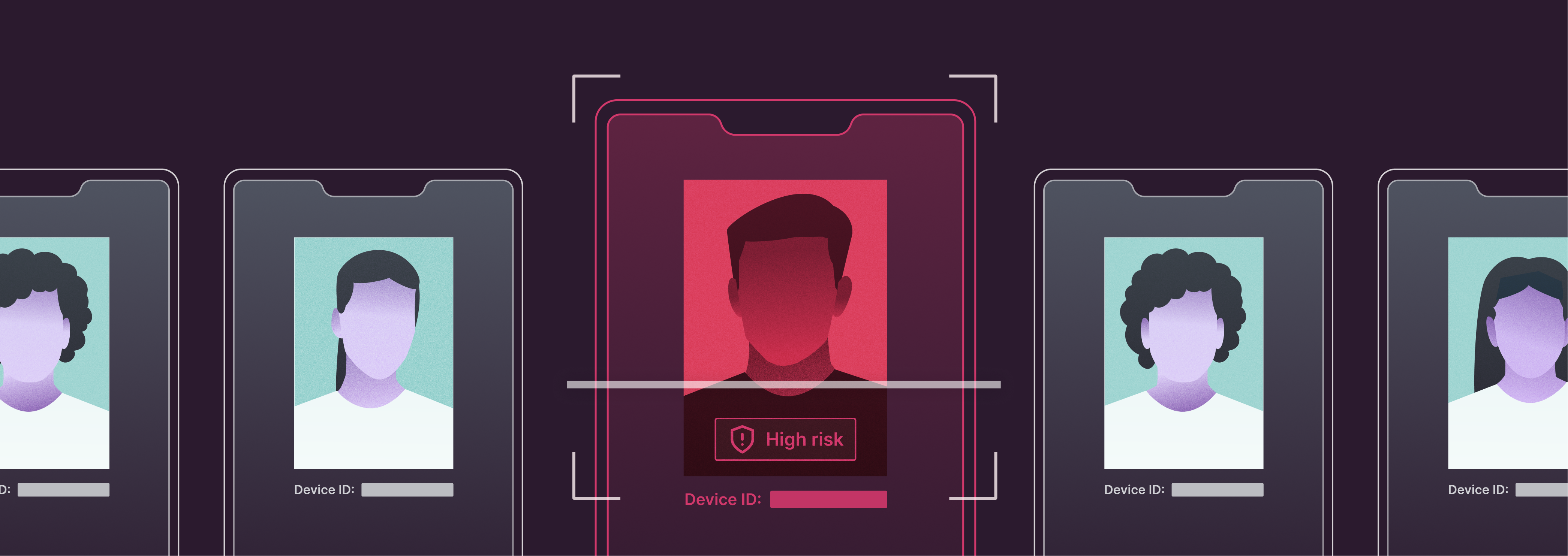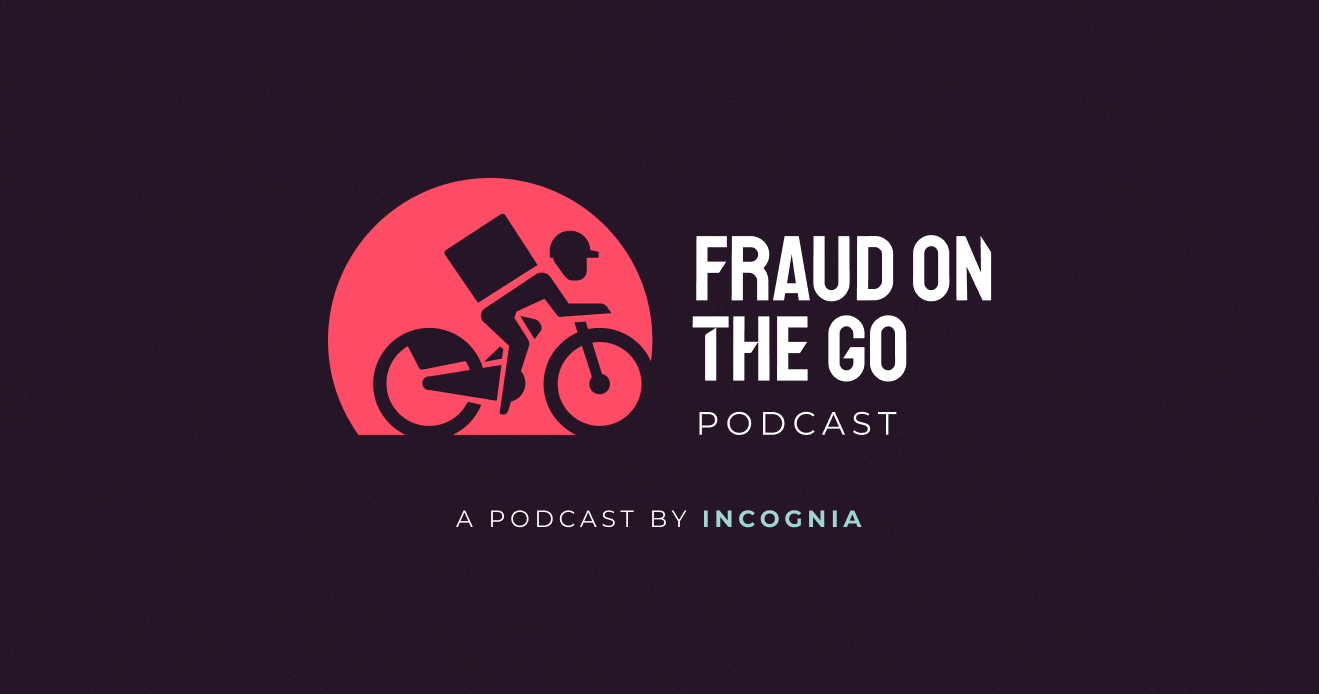- Blog
- How much Friction is too much Friction? [Balancing UX and Security]
How much Friction is too much Friction? [Balancing UX and Security]
When security gets in the way of a great user experience.
Subscribe to the Incognia Newsletter
A focus on user experience has become a mantra for many companies, including Google, who lists "focus on the user and all else will follow" at the top of its ten truths. When we think about the brands we admire most, our experience with these brands leaves a lasting impression. Yet in today's mobile world, user attention is a scarce commodity, with the difference between a great, or less than great experience, being measured in seconds.
The challenge of getting users' attention
In the US today, people check their cell phones about 96 times a day, a number that has grown in recent years, illustrating that we live in the midst of the "attention economy". Today, brands compete for a small portion of consumer attention, and any type of friction in the user experience is not helpful.
There have been numerous studies into customer experience that confirm when businesses guide decisions based on the consumer experience (CX) and, consequently the user experience (UX), they report higher growth, are more remembered, and have higher customer retention rates.
According to a recent Forrester study The Business Impact of Investing in Experience, companies that are driven by the "consumer experience (CX)" report 1.6x higher growth in brand recognition. For financial services, there is 1.3x to 1.9x more chance of exceeding expectations not only for revenue growth, but also for profitability, compared with companies who do not invest in CX and UX.
Kantar have also conducted a study to understand the impact of focusing on the consumer experience. Financial institutions spearheading these topics were found to have a higher rate of recommendations, and a higher probability that consumers will increase the use of new products and services. PwC, on the other hand, points out that 73% of people consider a good experience to be a determining factor for brand loyalty.
For digital products, the user experience (UX) is complementary to the consumer experience (CX). Care in these areas can translate not only into increased customer loyalty, but also higher revenues. PwC research indicates that 43% of consumers say they would pay more for convenience, and 42% would pay more for a more friendly and welcoming experience. Among U.S. consumers, 65% think a positive brand experience is more influential than good advertising.
Security as a source of friction
With all the focus on user experience, the unfortunate fact is that security and fraud prevention safeguards are notorious for adding friction, particularly for mobile users. New customer onboarding, identity verification, and ongoing authentication of login, all raise security hurdles to keep out fraudsters, but also unintentionally turn away customers.
Security friction begins at new account opening, when a new user needs to prove their identity for KYC processes. Uploading documents for address verification, or taking selfies for facial recognition, add steps and time to new customer onboarding.
Ongoing login and authentication to an application is the next friction hurdle for users. While the increase in the use of two-factor authentication has strengthened weak password-based authentication, and provides more protection for users, it also has created considerably more friction. One time passcodes sent via SMS, authenticator apps, and knowledge based questions, all represent friction for users.
Reducing the amount of screens the user needs to go through, and reducing the time for a user to complete actions within the app, are excellent ways to improve user experience.
Users are reaching their limit on security friction
With security measures now becoming the main source of friction for the user experience, we are rapidly reaching the limits of how much friction users will put up with in the interest of being secure.
We all need security but what we need is frictionless security.
Despite all the current security measures fraudsters continue to create fake accounts, and takeover existing customer accounts. Each new security layer has added another layer of friction, until now. Which leads us to behavioral biometrics and its use for frictionless fraud prevention. Behavioral biometrics tracks user behavior patterns, and its true superpower is that it works silently in the background, requiring no action by the user - it is frictionless.
At Incognia, we focus on location behavioral biometrics, which is the strongest signal for a mobile user. Incognia checks current user behavior with user location behavior history, to flag anomalies that indicate a higher risk of fraud. By looking at location behavior, Incognia is able to build a location behavior pattern, like a location fingerprint, that is unique to each user. This location fingerprint can be used to automatically verify addresses at new customer onboarding, thereby eliminating the need for documentation verification and associated friction.
With so much evidence from industry studies confirming that great customer experiences lead to business growth, eliminating friction from applications needs to be a priority. Adding frictionless security is a great place to start when looking to eliminate friction.
Learn more about Incognia’s Zero‑Factor Authentication solution.

![How much Friction is too much Friction? [Balancing UX and Security] Featured Image](https://www.incognia.com/hubfs/%5BFEATURED%5DHow%20much%20friction%20is%20too%20much%20on%20UX_.jpg)



